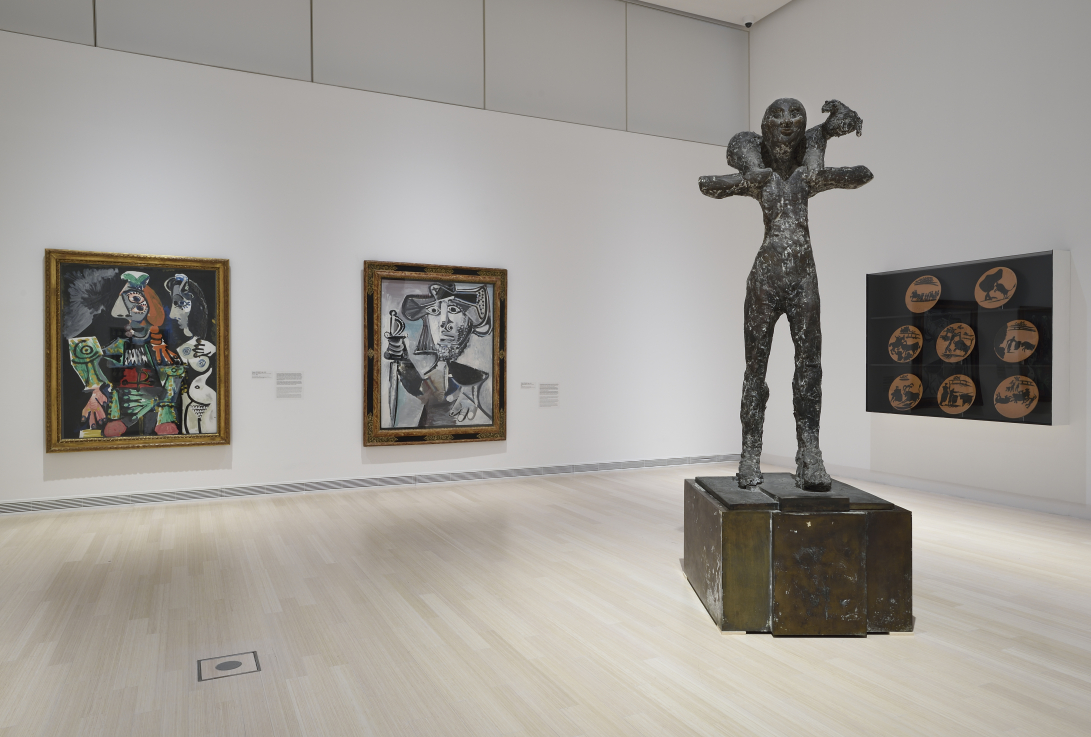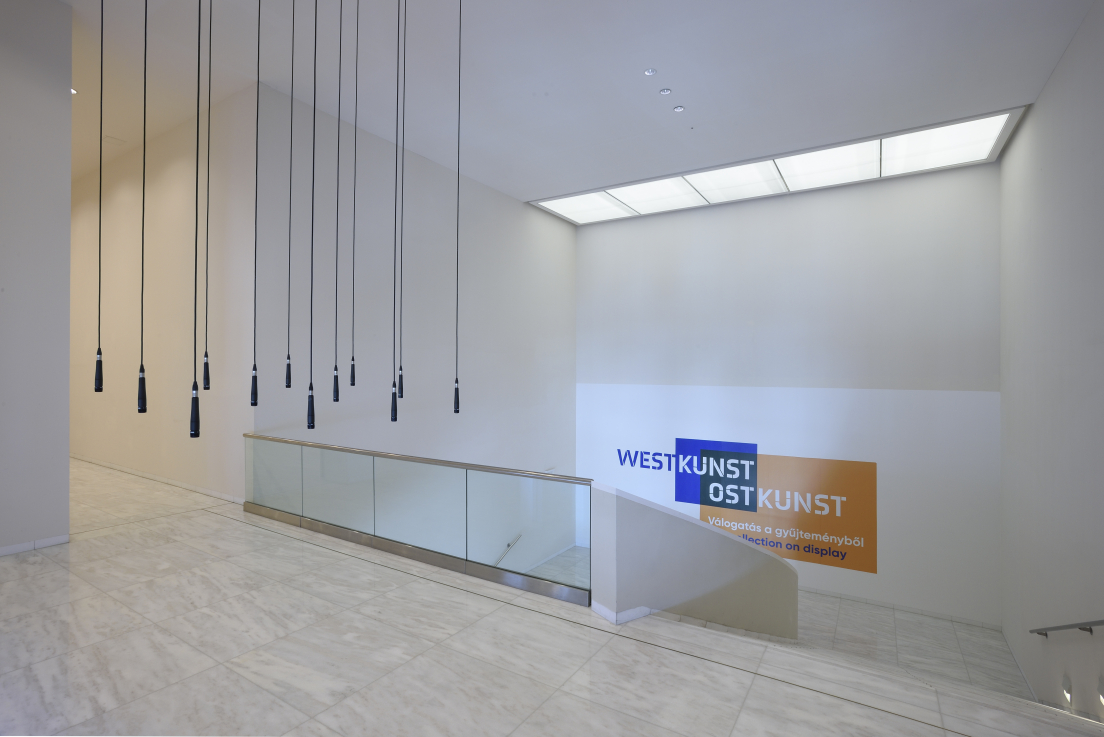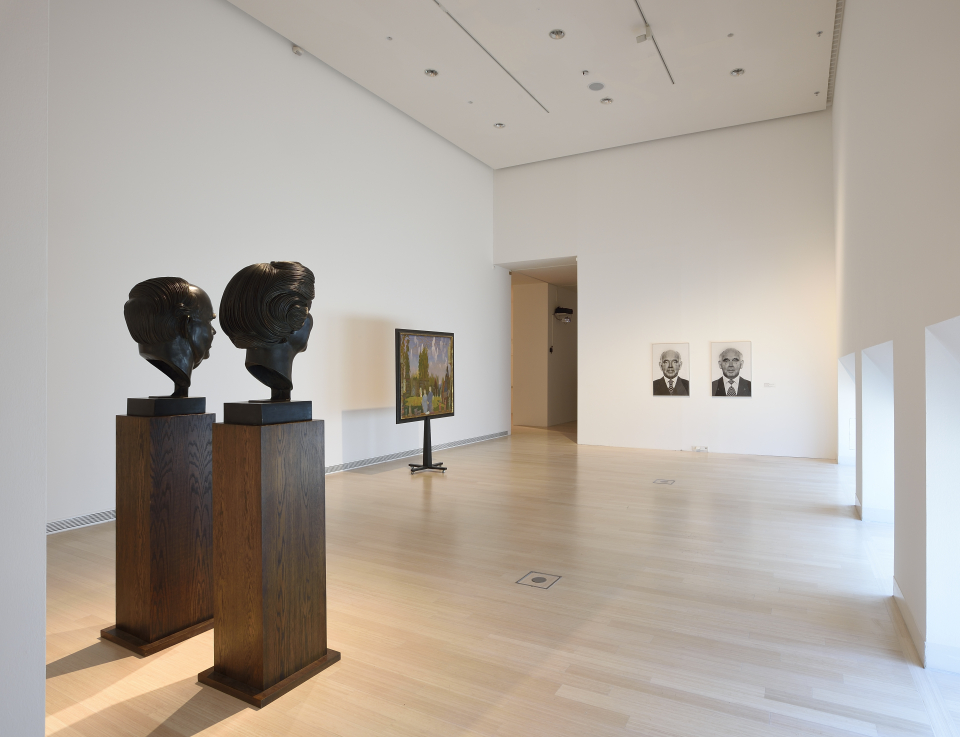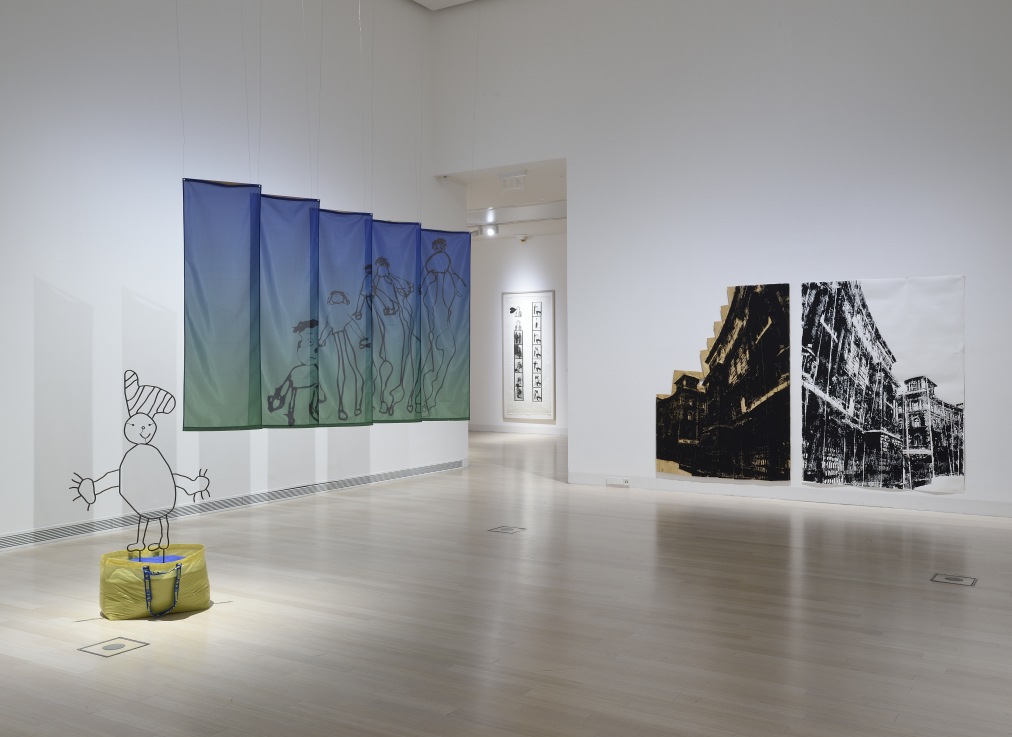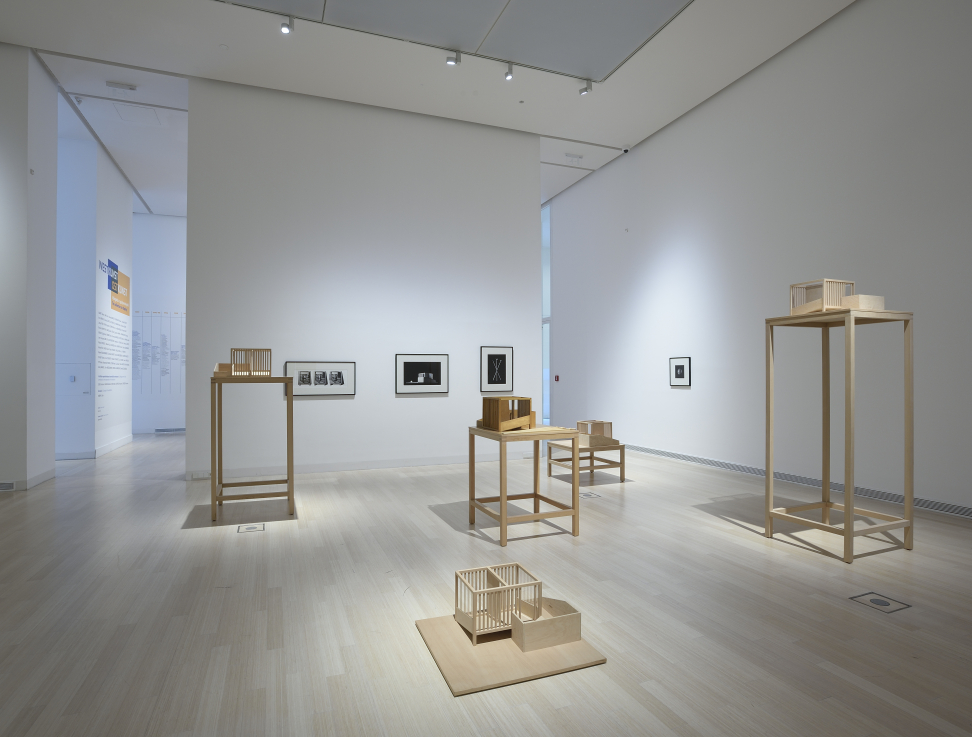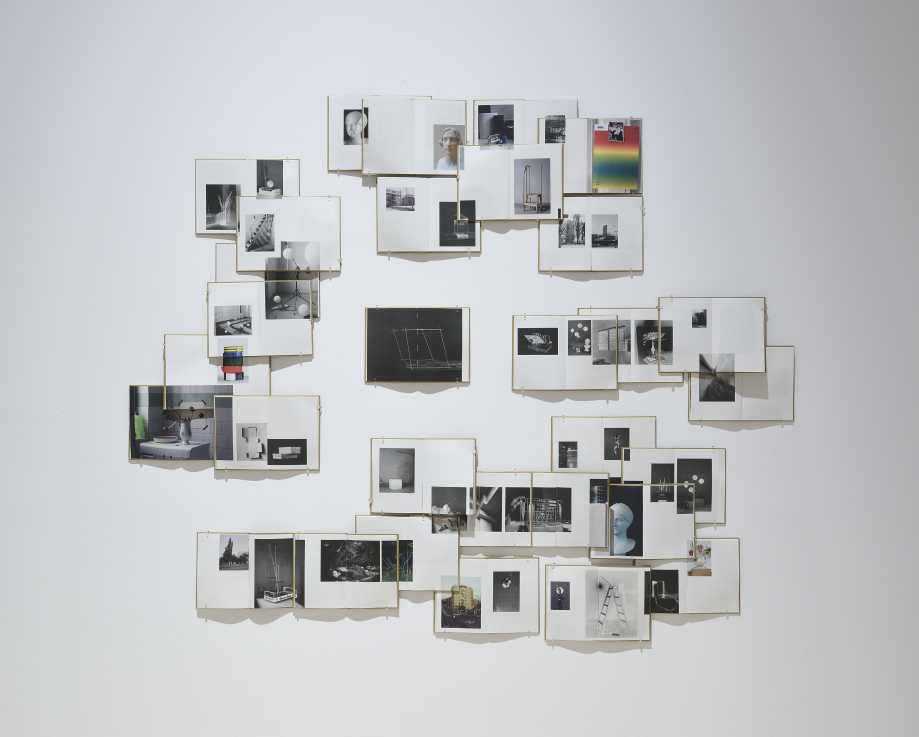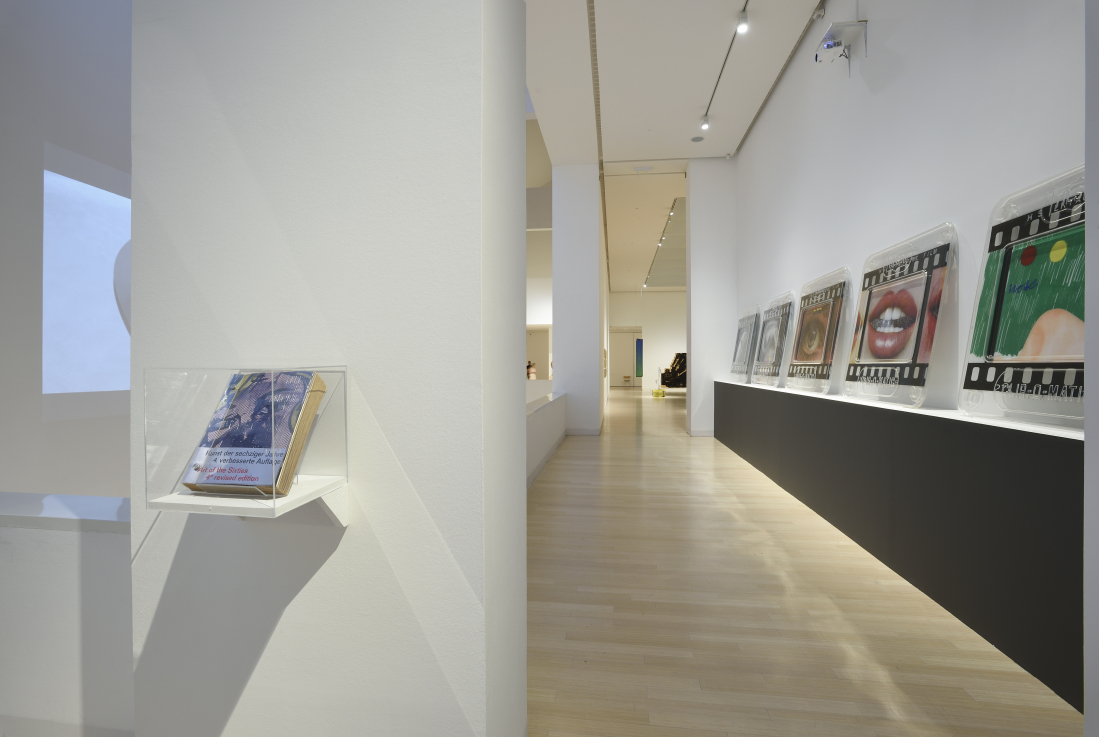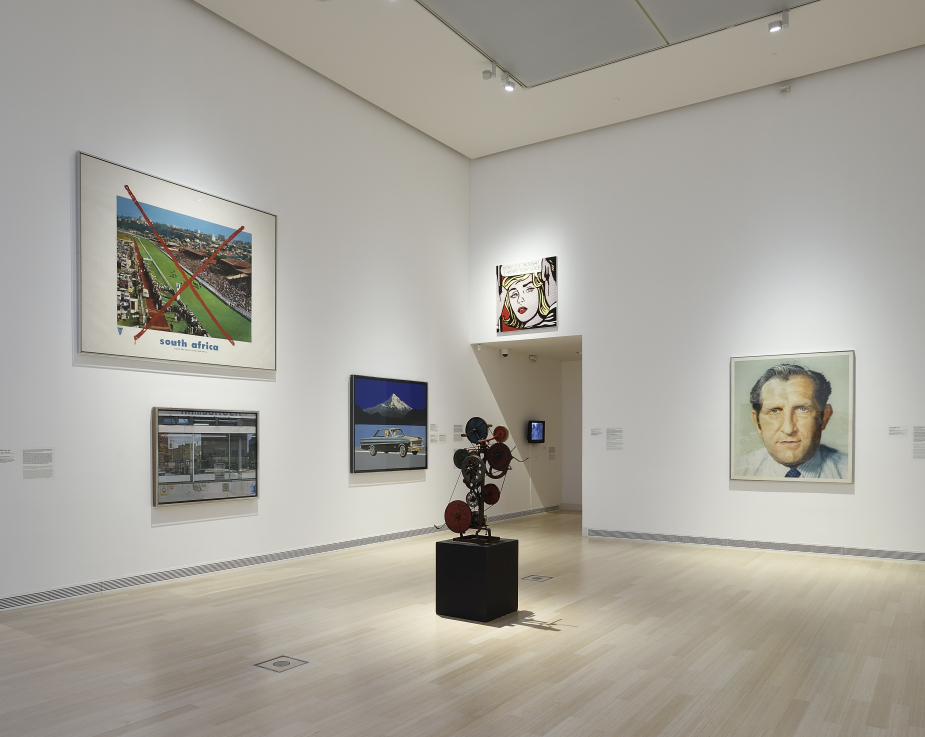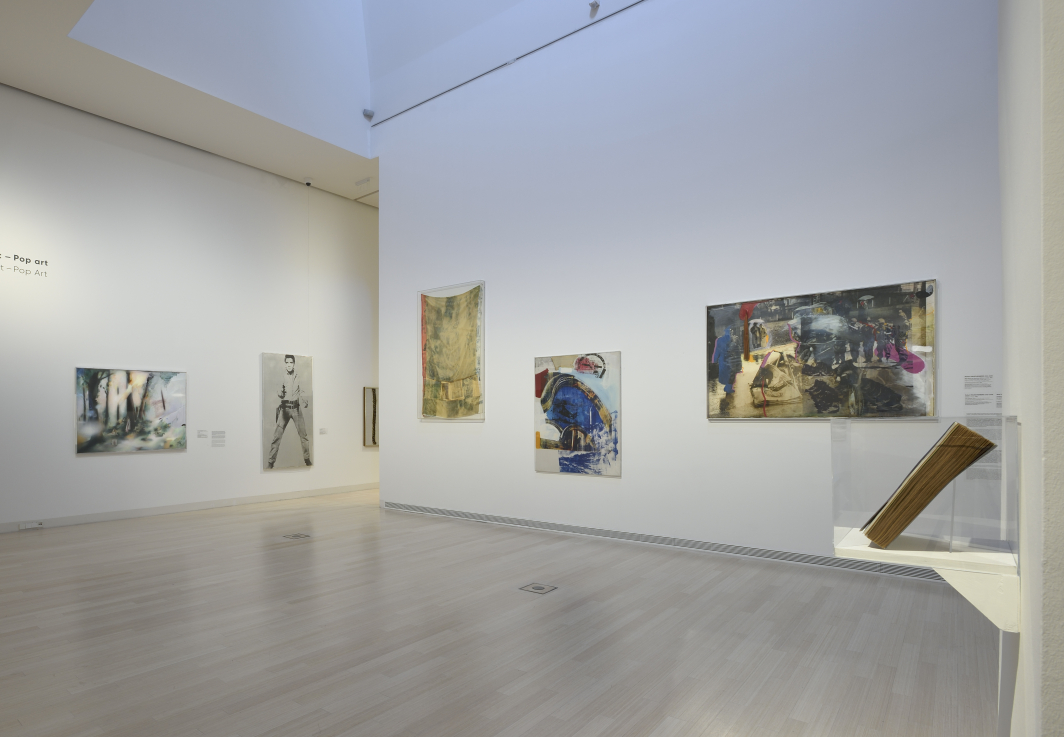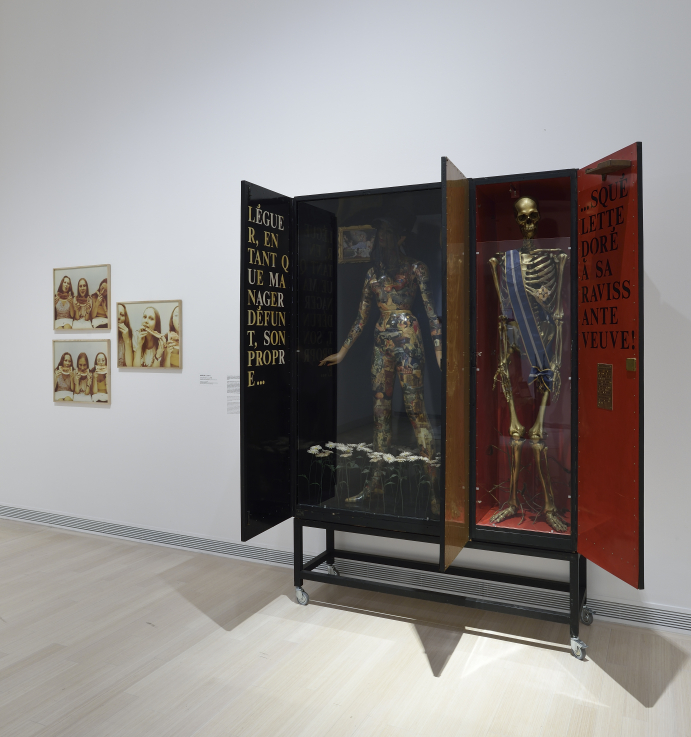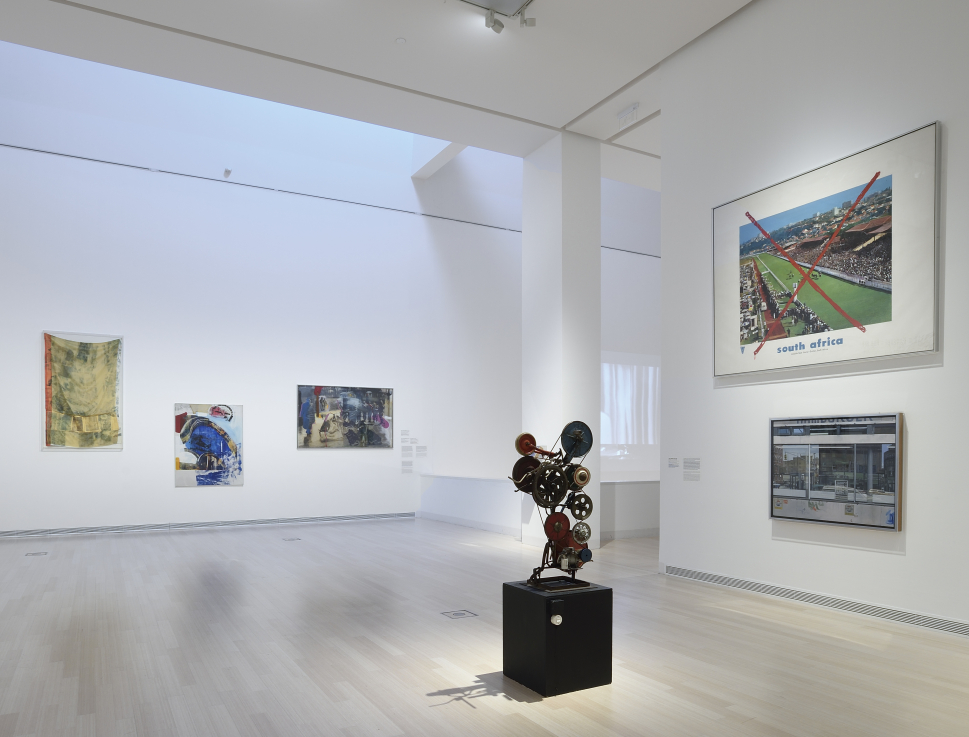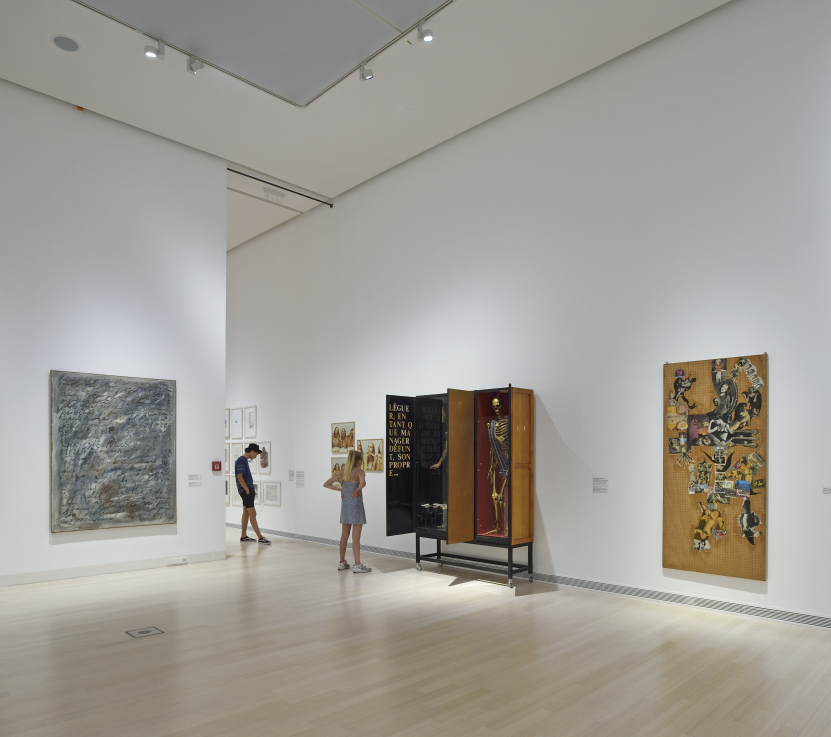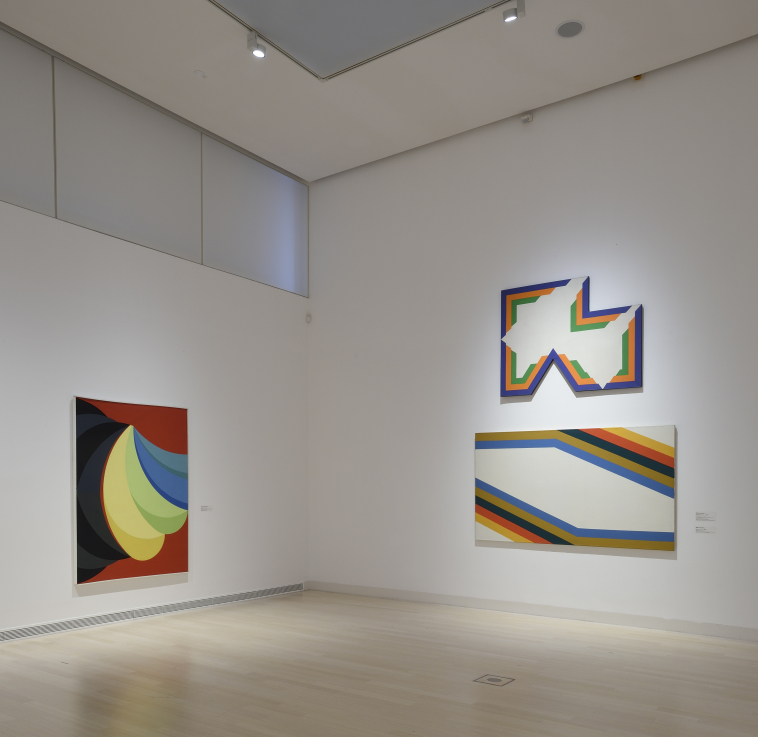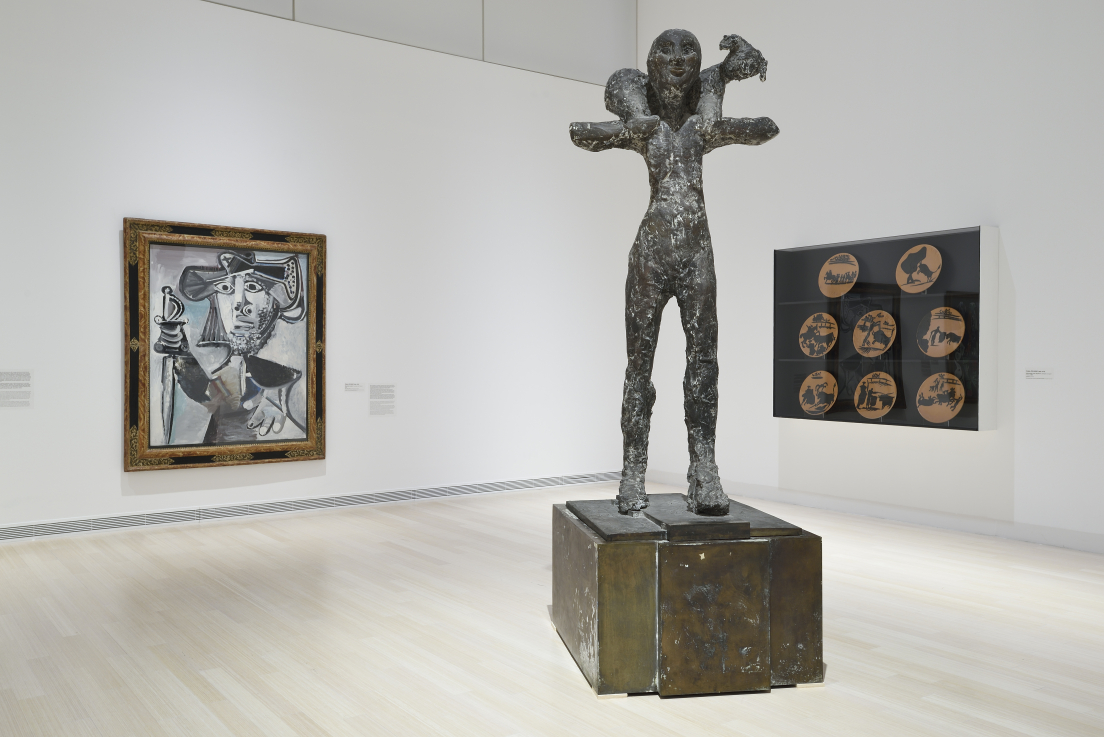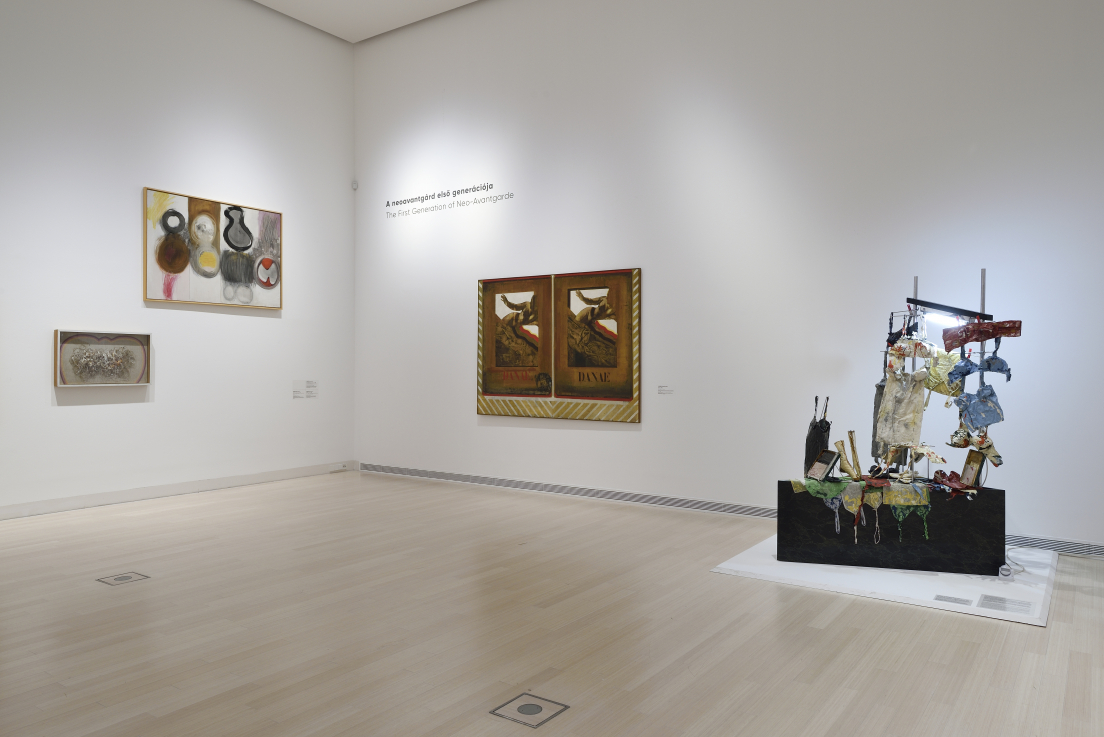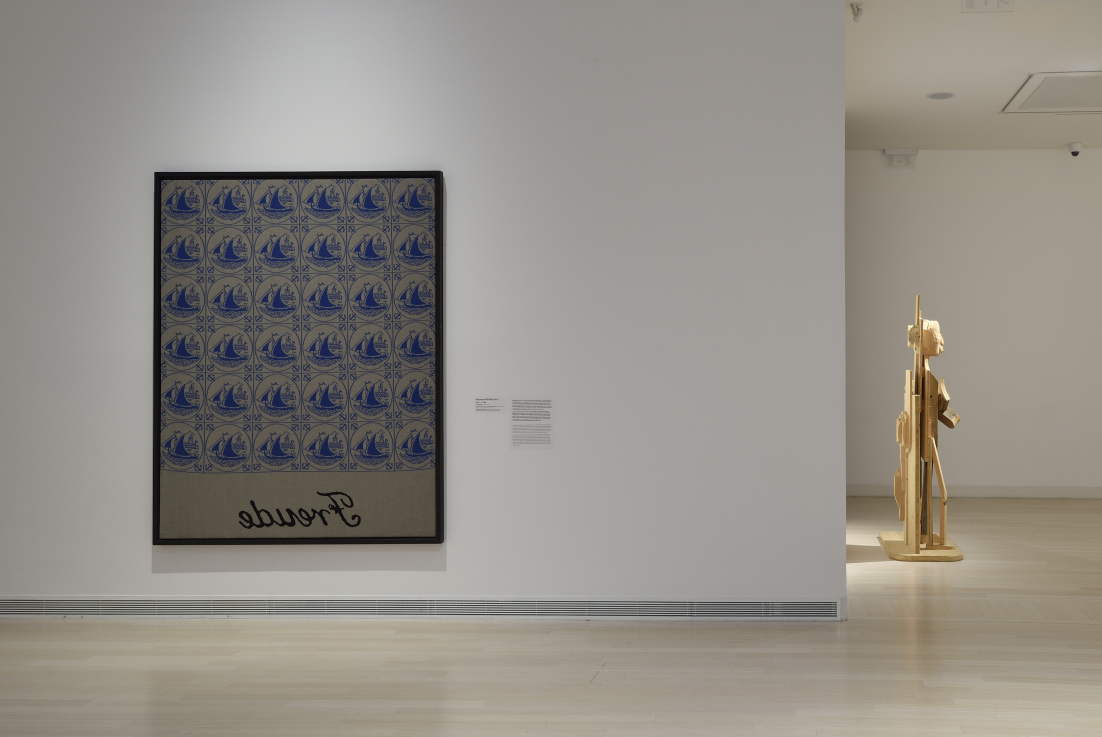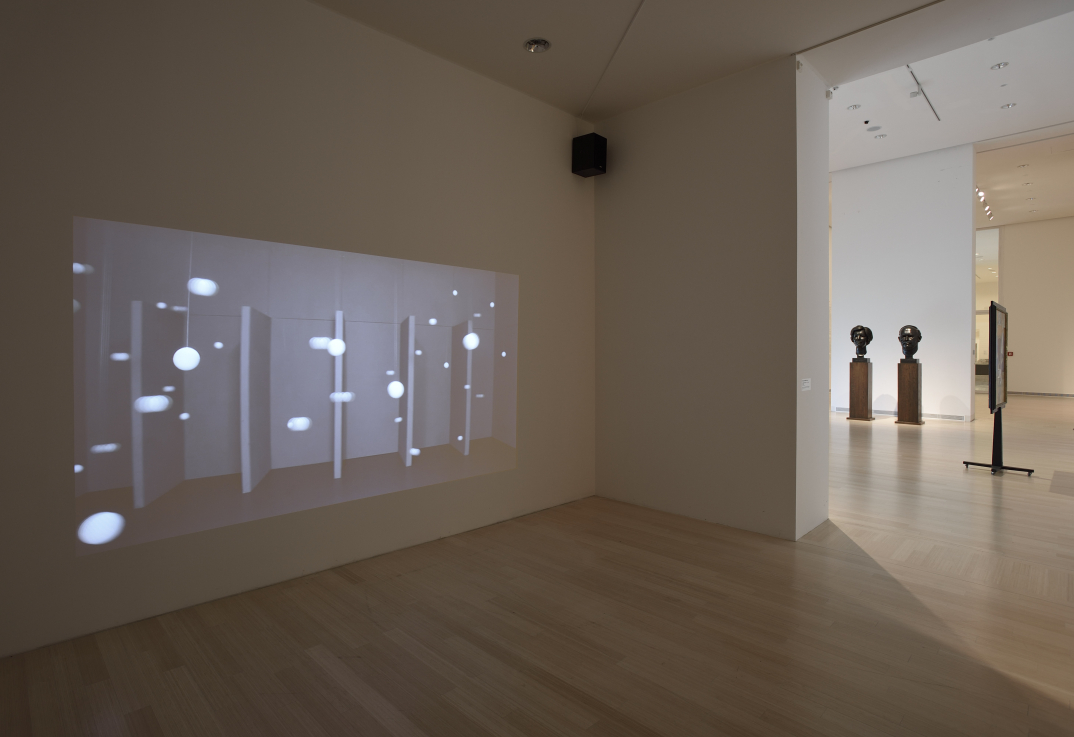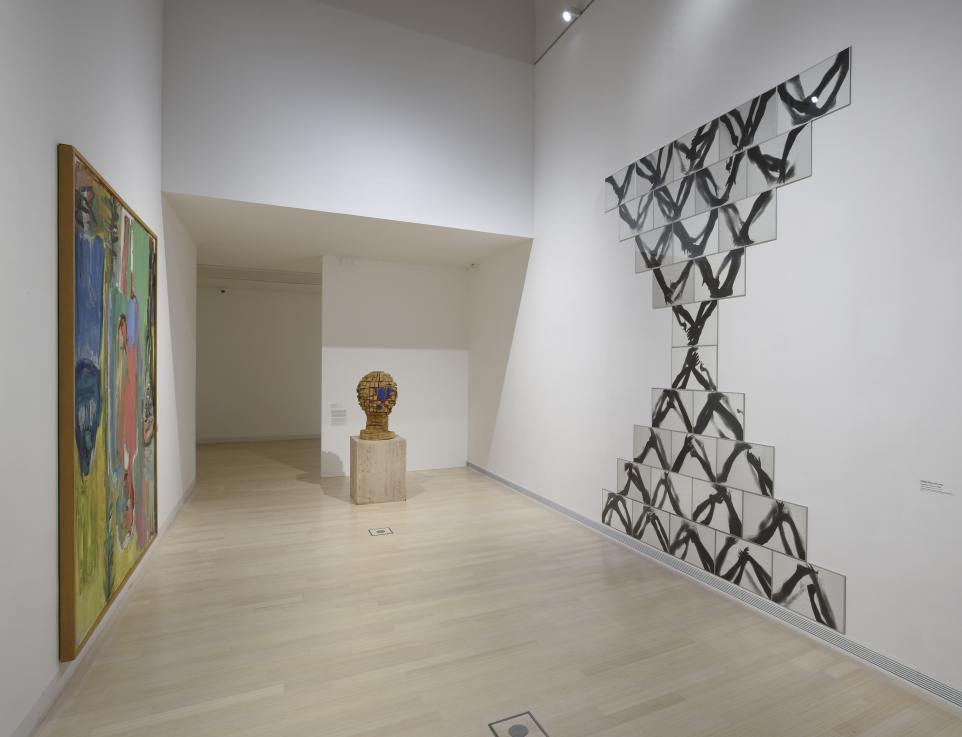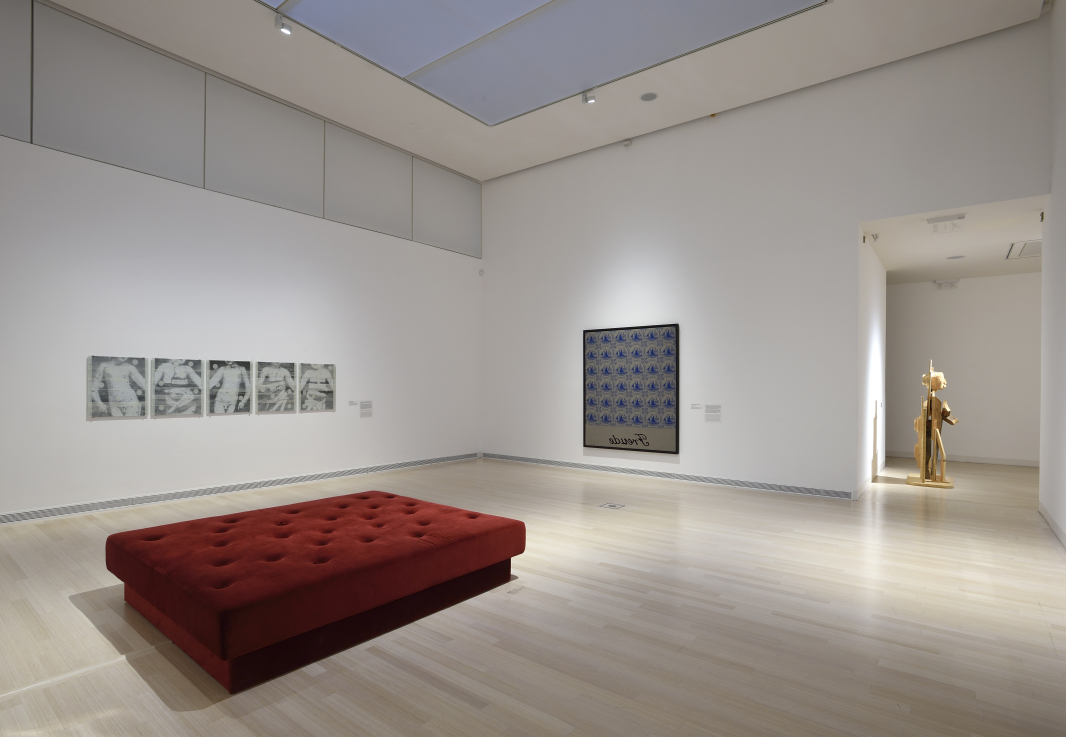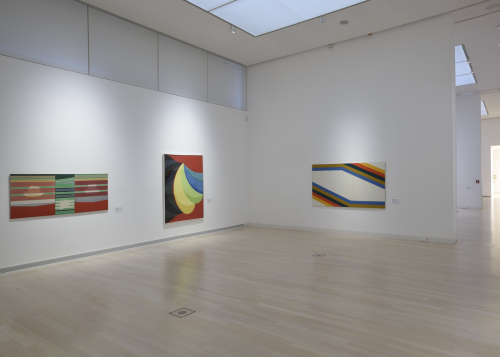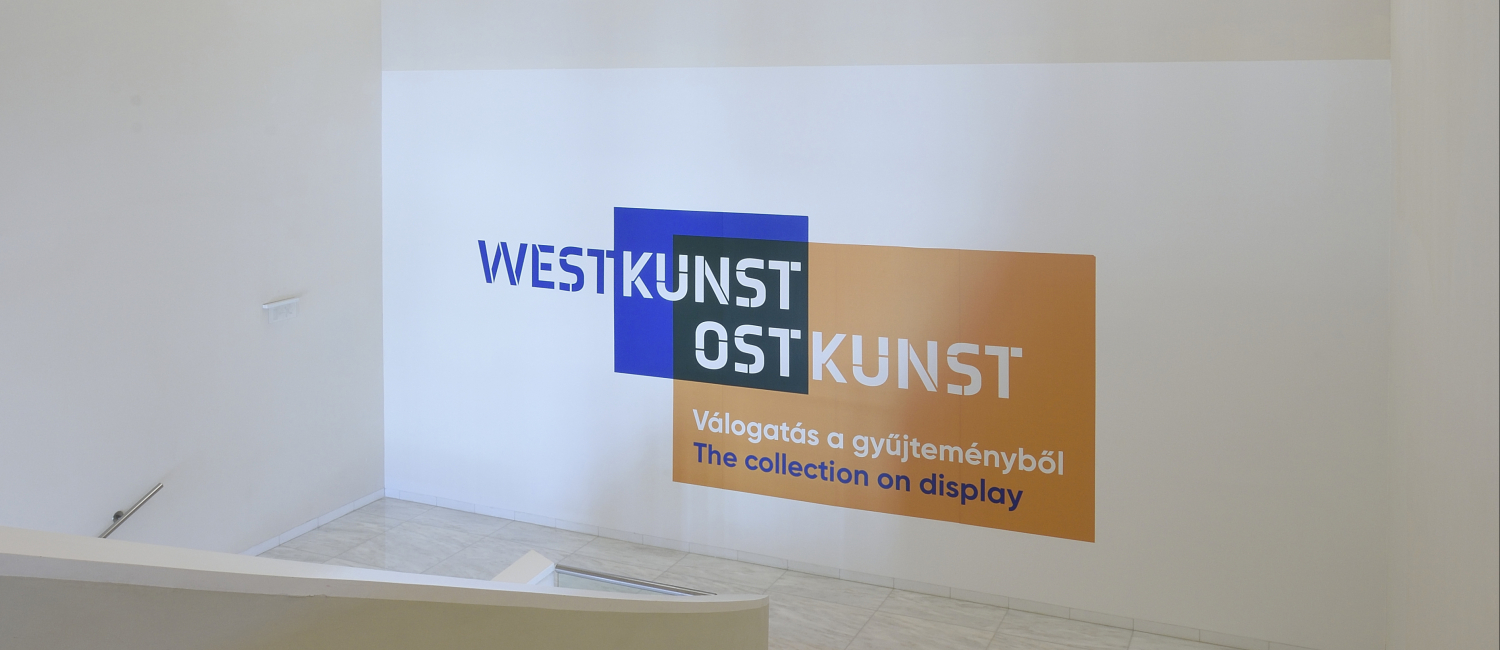The Ludwig Museum, founded in Budapest in 1989, was the first institution in the former Socialist bloc to present universal Western art beside contemporary national art. The founders, Peter and Irene Ludwig – after whom the institution is named – have laid the foundations of the Budapest Museum with outstanding, emblematic works. With their donations and the establishment of the museum, their decades-long mission was fulfilled, which was aimed at the rapprochement of the East and the West, the alleviation of ideological opposition in the era of the Cultural Cold War, transcending the boundaries of the Iron Curtain by means of art. In addition to Western, universal art, the official art of the former Socialist countries was also included in their collection program from the beginning of the 1980s. It was mostly through their collection and art mediating activities that the art of these countries have been brought beyond the eastern borders. The collection of the Ludwig Museum Budapest carries the imprint of the founding couple’s decades-long collecting activity.
Our collection can virtually be divided into two large groups: one consisting of American and Western European artworks (Pop art, Photorealism, and works by Die Neue Wilden) donated by the founders; the other incorporating works that ended up in the collection as a result of collecting activity starting in the 1990’s focusing on the art of the former Socialist countries, and the artworks created after the fall of the Iron Curtain. The primary consideration in collecting was the collection of progressive works which are characterized by the artists’ search for identity, relationships with the past, the reflection on social context and the inherited traditions. In the light of global historical and political changes, both large collection units, both
Western and Eastern European, are of art-historical significance today. The artists of the middle and the younger generation represented in the collection are internationally recognized, their works are displayed at numerous events and major exhibitions.
The newly organized permanent exhibition makes attempts to present emphatic points not only in well-organized chronological order or along stylistic features, but to examine the artistic-cultural parallels that can be found between Western and Eastern art despite the different social structures. The collection makes it possible to show substantive parallelism within the lifeworks of artists from Western as well as Eastern countries, who sought to explore new areas of art and searched for the concept of artistic (and social) utopia inherent in art, with a critical approach and sometimes opposing the political and social system. The guiding principle of the present reorganization is an important aspect of the art institution system, namely, the remarkable, significant exhibitions. The great, revolutionary exhibitions have determined the subsequent incorporation of work, style and attitude into common knowledge. The groups of artworks are brought into focus by the revival of the most important exhibitions from the sixties and seventies.
The thematic, historical exhibitions that canonized significant new positions are part of the institutional system of art, thus the museum collection naturally refers to major exhibitions and recognizes their pioneering role. Our exhibition is also an homage to vanguard art historians, artists, curators, and exhibition-makers (Ausstellungsmachers as they called themselves).
WESTKUNST-OSTKUNST
The title of the exhibition was partly borrowed from a legendary 1981 Cologne exhibition entitled Westkunst. The title, on the one hand, emblematically describes the position of art in the two cultural-political systems before 1989, the perception of the art of the eastern bloc from a universal point of view, and the development of the paradigm of art evolution originating from modernism, which provided the center-periphery dichotomy as a matrix of examination. On the other hand, the reorganization – that is, presenting the material of the permanent collection in another context – also revives the great exhibitions that resulted in artistic turning points such as documenta, the Venice Biennale, or Harald Szeemann’s legendary exhibition on conceptual art entitled When Attitudes Become Form (1969, Bern). In the history of Hungarian art, there are also iconic, landmark exhibitions (e.g. the Iparterv Exhibitions from 1968-69) that transformed artistic approach so that it became irreversibly progressive, markedly art-centered, and less ideologically oriented. Major exhibitions that impacted neo-avant-garde art movements can be easily tracked on the chart at the entrance to the exhibition. Artwork labels next to the exhibited works indicate where the artist or the artwork was first displayed in order to call attention to context and connections.
We also tried to provide background for artistic concepts with artists’ manifestos. In the 1960s and 1970s in particular, artists used to formulate their philosophy of art and the creative process in writing. Visitors can see these texts, manifestos, and positions related to the artworks on the touch screens installed in the exhibition area. Popular and favourite pieces such as Picasso’s works and the prominent works of Pop art (Andy Warhol, Roy Lichtenstein), as well as Chuck Close’s photorealistic works will be put again on display in the newly organized permanent exhibition.
THEMATIC UNITS OF THE EXHIBITION
Everyday Obsessions / Rituals / Recent Acquisitions / The First Generation of Neo-avant-garde / The Iparterv
Generation / The Art of Opposition – Photorealism – Concept Art – Pop Art
